Improvement in Quality of Life, Sleep & Attention in a Patient with Attention Deficit Disorder Undergoing Upper Cervical Chiropractic Care to Reduce Vertebral Subluxation: A Case Report
Dickhotlz Sr., Marshall. White, Evan. McCoy Press Journal. Vol 2012 Issue 3 Summer.
http://www.mccoypress.net/juccr/docs/2012-1181_evoked_brain.pdf
A 19 year old male presented for NUCCA care with complaints of ADD, sleep disturbance and chronic dorsal and lumbar pain. The exam consisted of Anatometer posture analysis and supine leg length inequality and radiograph analysis to determine the atlas subluxation.
The patient was monitored for approximately 2 years and in that time needed the initial atlas correction and one 5 months following.
The patient reported the he felt better with resolution of his spinal pain and improved sleep. He also reported that he no longer felt clumsy and could resume playing a musical instrument.
The outcome measures utilized in this study make it remarkable. Rand SF 36 outcome assessment tool was used to monitor the effect of care on the patient’s physical functioning, bodily pain, general health, vitality, social functioning and mental health. The SF36 was used at baseline, 1 month, 2 months, and 10 months into care. At the final test the patient scored perfectly in all categories.
A Pittsburgh Sleep Quality Index outcome assessment tool was used to monitor subjective sleep quality, and was performed one per month for three months, showing improvement each month.
Magnetoencephalography examinations of spontaneous and evoked brain activity were performed 10 days prior to care and 2 months following the first adjustment. On both exams mild slowing was seen in the delta and theta range with decreased parietal beta activity which is constant with an ADD diagnosis.
Finally visual evoked potential was completed prior to the first adjustment demonstrating marginal abnormal findings on steady state visual evoked response. On a follow up exam normalization occurred.
These four outcome assessments speak to a normalization of multiple body functions not only a decrease in spinal pain. In the discussion the authors then hypothesize the mechanism of improvement across these varied outcome measures as the resolution of dysafferentation following correction of the atlas subluxation complex.
Clinical Pearls:
AD/HD accounts for as much as 50% of child psychiatric clinical populations.
Males are more affected by AD/HD than females
50-70% of children diagnosed with AD/HD will continue to suffer symptoms related to the disorder as adults
The discussion of this article provides excellent references and physiology of dysafferentation as a result of the subluxation.




